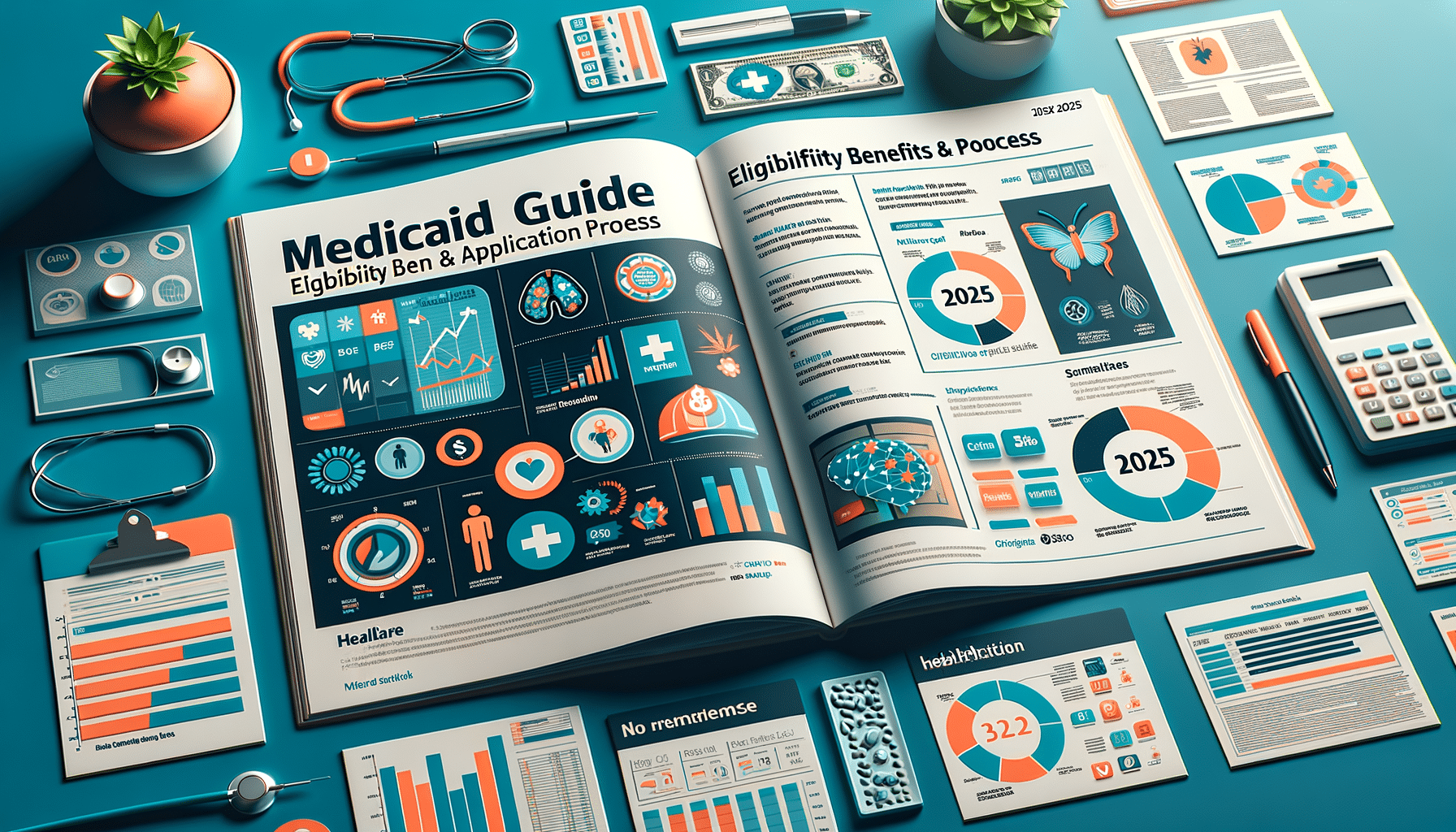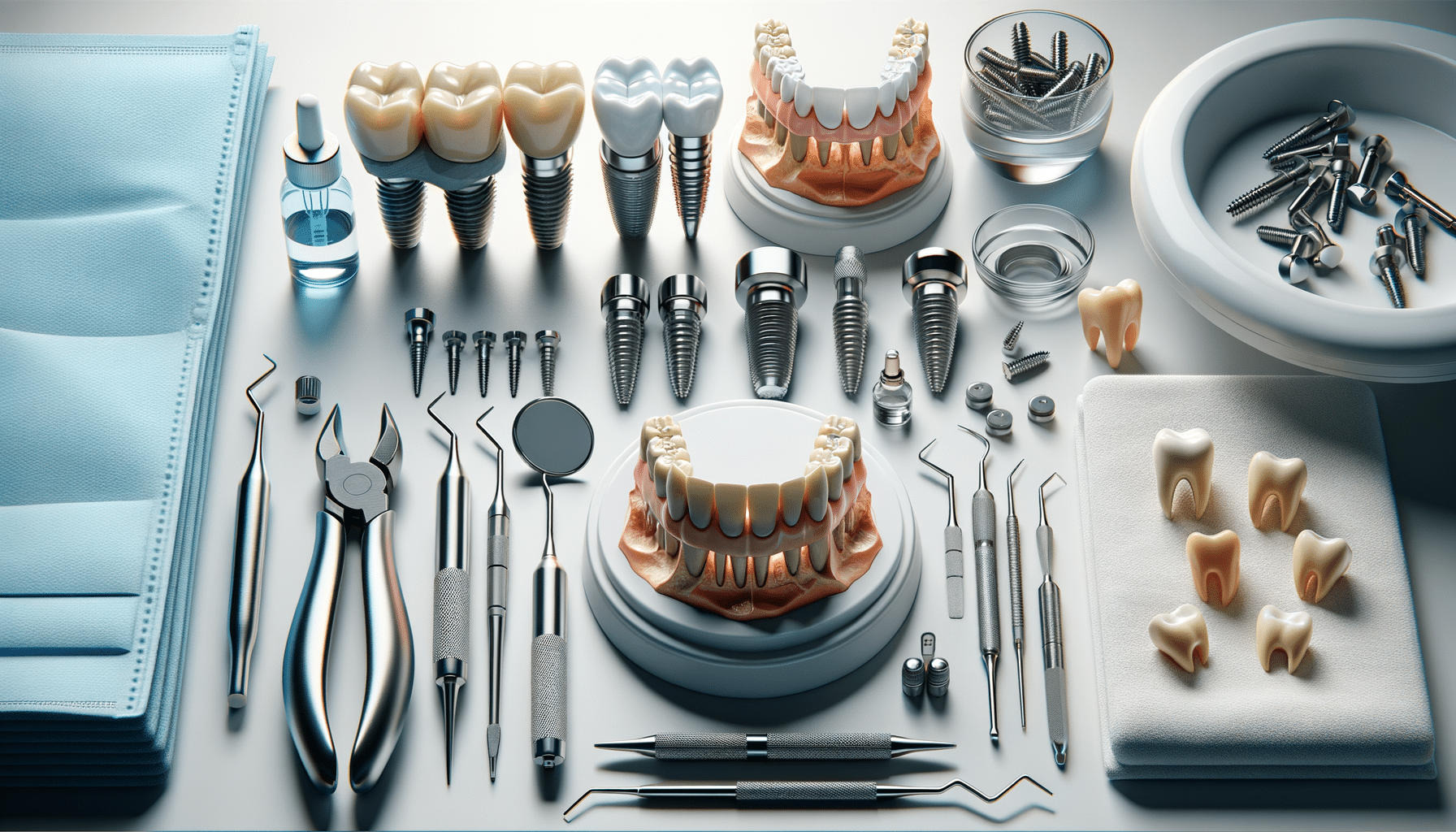
Medicaid Guide: 2025 Eligibility, Benefits & Application Process
Introduction to Medicaid in 2025
Medicaid continues to be a vital program in the United States, providing essential healthcare services to millions of low-income individuals and families. As we look towards 2025, understanding the updates in eligibility, benefits, and the application process becomes crucial for both current and prospective beneficiaries. This guide aims to demystify the complexities surrounding Medicaid, ensuring that you have access to the necessary information to navigate this important healthcare program effectively.
Eligibility Criteria for Medicaid in 2025
Eligibility for Medicaid in 2025 is determined by several factors, including income, household size, and specific needs. Generally, Medicaid is available to low-income individuals, families, pregnant women, the elderly, and people with disabilities. The income eligibility threshold varies by state, reflecting the cost of living and other local economic factors. It’s important to note that some states have expanded Medicaid under the Affordable Care Act, allowing more individuals to qualify based on income alone.
Key eligibility criteria include:
- Income level: Generally, individuals and families with incomes below 138% of the federal poverty level (FPL) may qualify.
- Household size: Larger households may have higher income thresholds.
- Special groups: Pregnant women, children, and individuals with disabilities may have different qualifying criteria.
Understanding these criteria is essential for determining eligibility and accessing the benefits Medicaid offers.
Benefits of Medicaid in 2025
Medicaid provides a comprehensive range of healthcare services, ensuring that beneficiaries receive the care they need. In 2025, these benefits continue to cover essential health services, including hospital stays, doctor visits, preventive care, and long-term care. Additionally, Medicaid often covers prescription drugs, mental health services, and rehabilitation services, which are crucial for maintaining overall well-being.
Specific benefits include:
- Inpatient and outpatient hospital services
- Laboratory and X-ray services
- Home health services
- Family planning services
- Nursing facility services for individuals aged 21 or older
These benefits are designed to provide a safety net for those who might otherwise be unable to afford necessary healthcare services.
The Application Process for Medicaid
Applying for Medicaid in 2025 involves a straightforward process, although it can vary slightly by state. Generally, applicants can apply online, by phone, or in person at a local Medicaid office. It is essential to gather all necessary documentation, such as proof of income, identification, and residency, before starting the application process.
The steps typically include:
- Completing an application form through your state’s Medicaid website or in person
- Submitting required documentation to verify eligibility
- Awaiting the decision, which is usually communicated within a few weeks
Staying informed about the specific requirements in your state can help streamline the application process and ensure timely access to benefits.
Conclusion: Navigating Medicaid in 2025
Medicaid remains a cornerstone of healthcare access for many Americans, providing critical services to those in need. By understanding the eligibility criteria, benefits, and application process for 2025, individuals and families can better navigate this essential program. Staying informed and proactive in managing your healthcare needs ensures that you can take full advantage of the support Medicaid offers.


